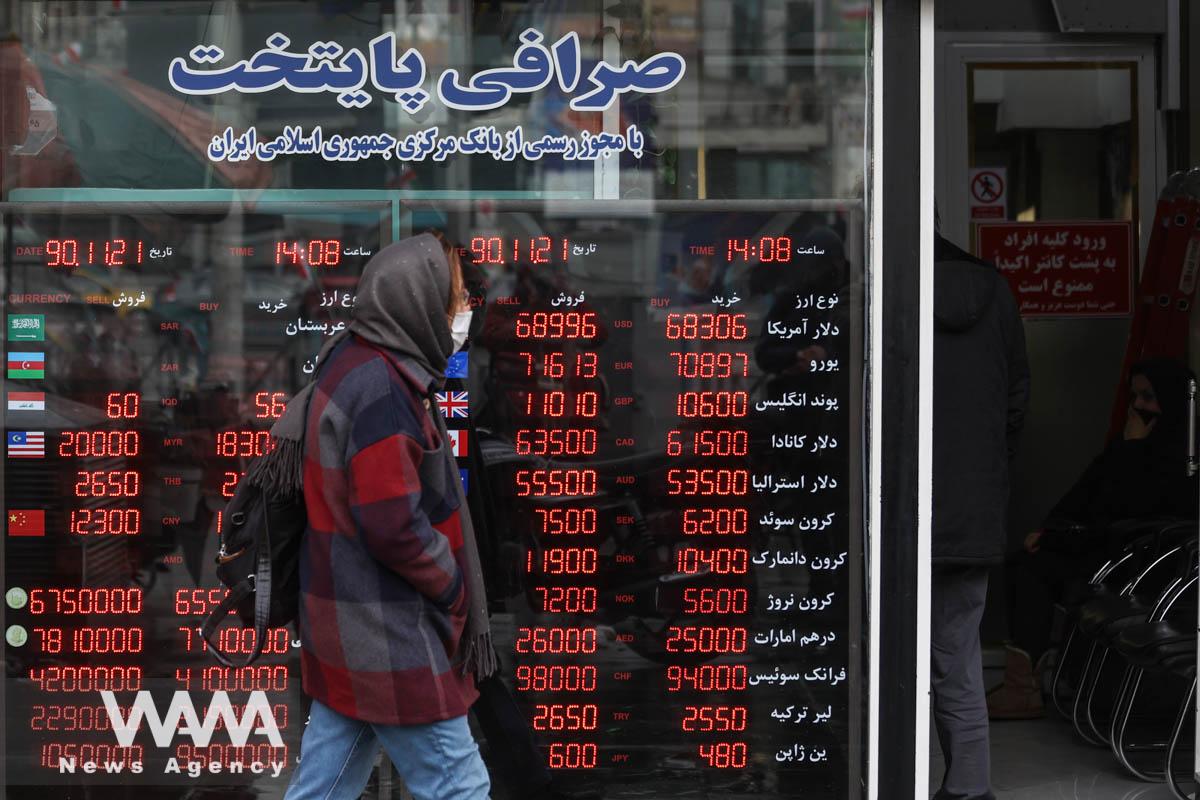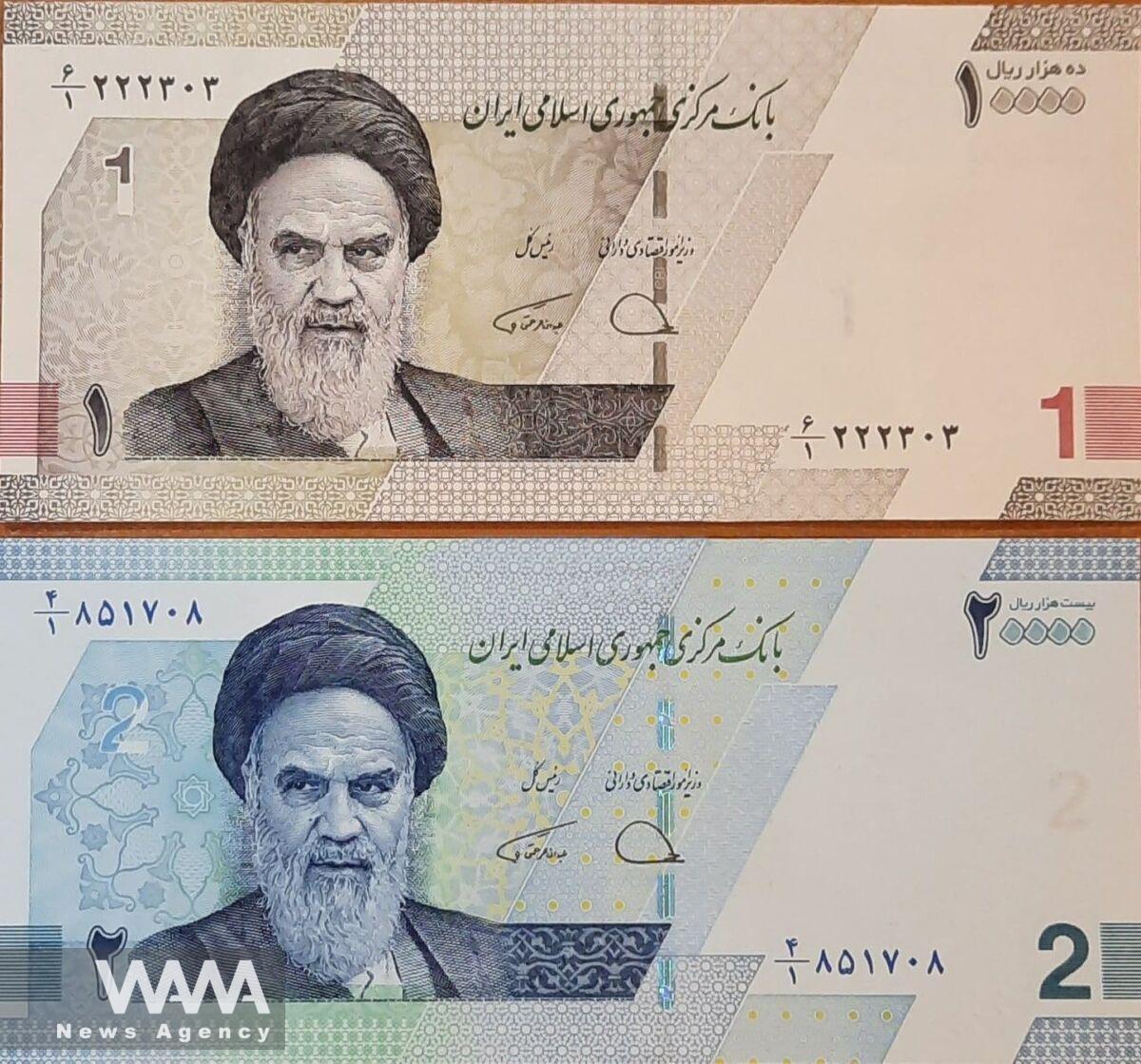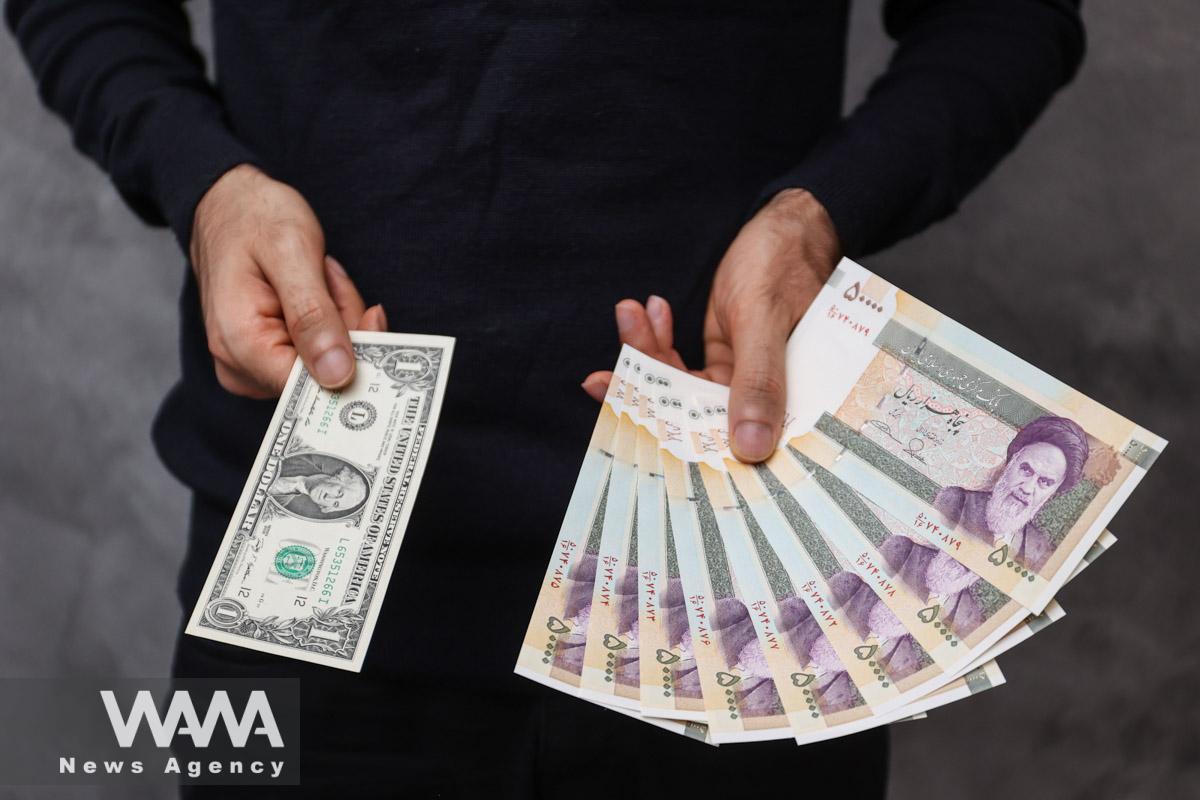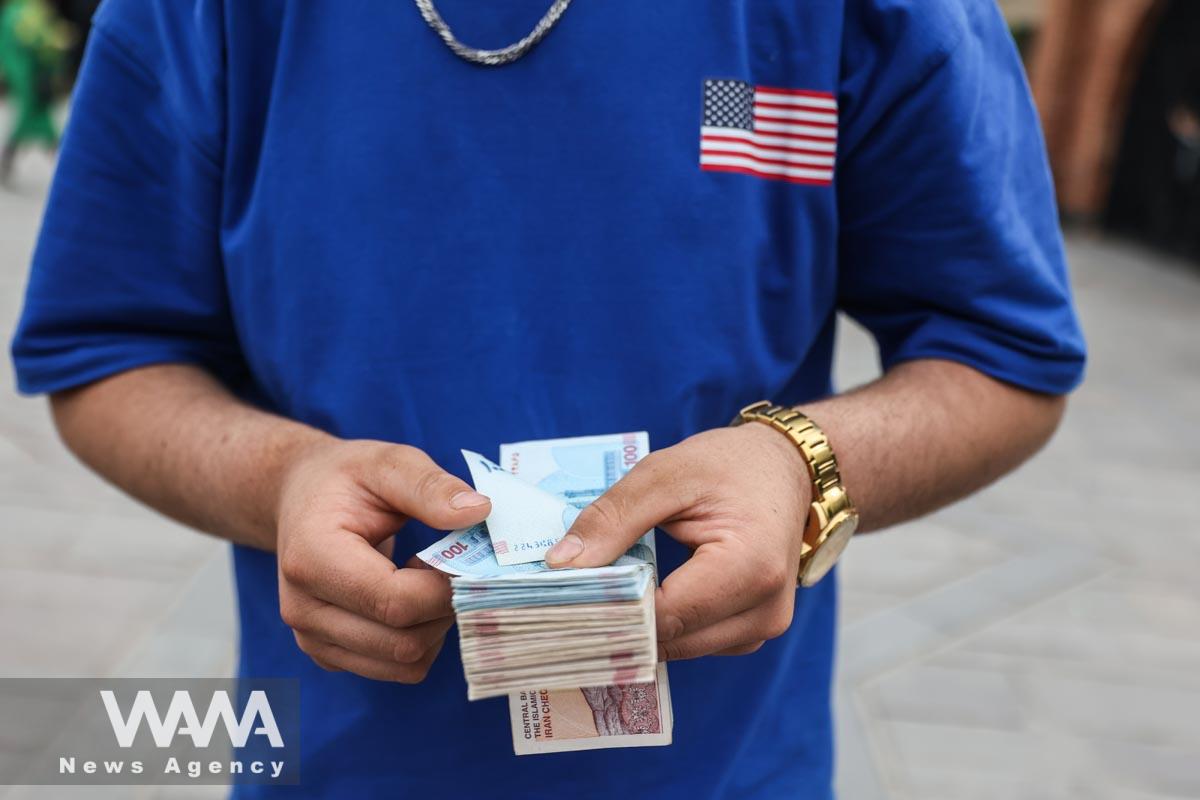WANA (Oct 05) – Iran has embarked on a major monetary overhaul: Parliament has approved the removal of four zeros from the rial. From now on, each “new rial” will equal 10,000 current rials, and its subunit will be called “the qeran”. A measure debated for years in economic and political circles has now been formalized with 144 votes in favor, 108 against, and 3 abstentions—described by officials as “necessary to save banknotes from the burden of endless zeros.”
The Central Bank of Iran has been tasked with preparing the groundwork within two years, launching a three-year transition period during which old and new rials will circulate simultaneously. The change will involve drafting new regulations, printing fresh banknotes, public information campaigns, and managing the withdrawal of old notes. After this period, all financial obligations will be calculated solely in the new rial and its subunit, the qeran.
Yet behind this reform lies a deeper question: can erasing zeros heal the wounds of Iran’s troubled economy?


WANA (Apr 14) – As the first round of indirect talks between Iran and the U.S. kicks off in Oman, Iran’s currency market has responded swiftly. The U.S. dollar, which had recently hovered near 106,000 tomans (Iran’s commonly used currency), dropped below 90,000. Tether fell to around 84,000 tomans, and despite a global rise in […]
The head of Parliament’s Economic Committee stated that the main purpose of the move is to “simplify transactions” and “reduce the costs of printing money.” He stressed that Iran’s currency is today among the weakest in the world, with its overwhelming zeros disrupting not only accounting but also daily life.
Iranian officials have outlined five key goals for this monetary surgery:
Simplifying financial transactions and accounting
Cutting the costs of printing and maintaining banknotes
Enhancing the international image of the national currency
Restoring public trust in the rial
Reducing confusion in people’s everyday dealings
Economists, however, remain more cautious. They argue that without structural reforms, removing zeros amounts more to symbolism than to sustainable policy. Critics warn that chronic inflation and budget deficits could quickly erode the value of the new currency from within.

Turkey is often cited as a success story: in 2005, it removed six zeros from its currency while implementing broader reforms, reviving the lira and curbing inflation. Venezuela, by contrast, repeatedly slashed zeros without political and fiscal restructuring, only to see runaway inflation return with even greater force.
Iran now stands somewhere in between: will the new rial and the qeran restore public confidence, or merely give an old problem a new face?
For ordinary people, the reform may prove confusing: prices must be recalculated, and the value of assets redefined in their minds. Authorities have promised a three-year transition and wide-ranging public education campaigns to avoid misunderstandings.


WANA (Mar 25) – In March 2024, at the start of the Iranian year 1403, the U.S. dollar was trading in the 60,000-toman range. However, it quickly became clear that this rate would not hold. Early Stability: A Temporary Calm Before the Storm In the initial months of 1403 (2024), the Central Bank of […]
This monetary surgery could lead to two divergent outcomes:
If coupled with reforms such as greater independence for the Central Bank, tighter control of budget deficits, and attraction of investment, it could mark a turning point in Iran’s economic recovery.
If limited only to erasing zeros, however, it risks becoming a “cosmetic fix”—a facelift for the banknotes rather than a cure for the economy.
Iran now stands at a crossroads. The real test will be whether it can wipe away the heavy shadow of inflation as easily as it wipes away the zeros.
